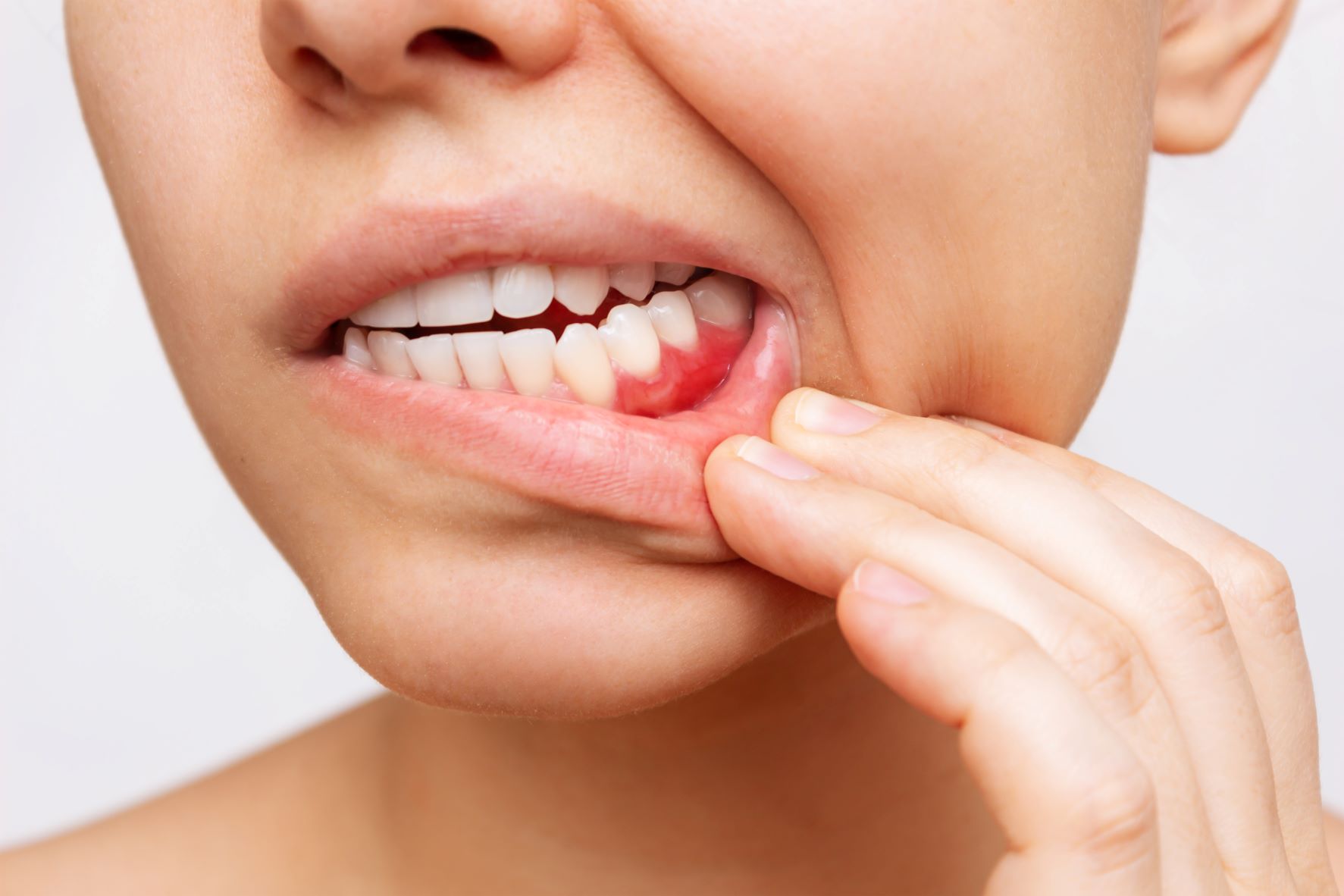Toothaches can be incredibly debilitating; they can make eating, talking, and even sleeping a challenge. This sharp, persistent pain disrupts daily life, leading many to scramble for something to relieve it. Fortunately, there are many home remedies that can provide that relief, but only temporarily. Therefore, it’s crucial to address the root cause with the help of top dental professionals. Let’s take a look at how to soothe your pain naturally while planning your visit to a trusted dentist in NJ.
Understanding Toothache Pain
A toothache is usually a symptom of underlying issues, such as tooth decay, gum disease, or an abscess. Symptoms range from sensitivity to hot or cold foods to throbbing pain that radiates to your jaw. Don’t ignore these signals; they often point to problems that need expert attention. However, while you wait for your dental appointment, natural remedies can bridge the gap and give you the relief you’re craving.
Tried-and-Tested Natural Remedies
Below are some practical, time-tested remedies to manage toothache pain. These solutions use everyday ingredients and techniques to provide temporary relief.
- Saltwater Rinse
- A saltwater rinse is a simple but powerful remedy to clean your mouth and ease discomfort. Dissolve half a teaspoon of salt in a glass of warm water and swish it around your mouth for 30 seconds. This helps dislodge debris, and also reduces bacteria and inflammation, promoting temporary relief.
- Clove Oil
- Renowned for its natural anesthetic properties, clove oil can effectively numb tooth pain. Mix a drop of clove oil with a carrier oil like coconut or olive oil, soak a cotton ball in the solution, and gently press it against the sore tooth. This remedy alleviates pain but also fights bacteria in the affected area.
- Cold Compress
- For pain accompanied by swelling, a cold compress can work wonders. Wrap ice in a cloth and hold it against the cheek near the painful tooth for 15 minutes. The cold constricts blood vessels, reducing inflammation and numbing the area. Repeat this process every few hours for continued relief.
- Hydrogen Peroxide Rinse
- A diluted hydrogen peroxide rinse can tackle bacteria and reduce inflammation, especially if an infection is the culprit. Mix equal parts of 3% hydrogen peroxide and water, swish it in your mouth, and spit it out. Remember to rinse with plain water afterward, and don’t swallow the solution.
- Garlic Paste
- Garlic’s antibacterial and anti-inflammatory properties make it a go-to fix for many dental issues. Crush a garlic clove to release its active compound, allicin, and mix it into a paste with a pinch of salt. Apply the paste directly to the sore area for quick relief. Alternatively, chewing a raw garlic clove can help release its medicinal effects.
- Aloe Vera Gel
- Known for its soothing and antibacterial qualities, aloe vera gel can ease gum irritation and reduce bacteria around the painful area. Apply a small amount of fresh aloe vera gel directly to the gums or tooth. Its gentle formula makes it ideal for individuals with sensitive teeth.
When to Seek Professional Help
While these remedies offer temporary relief, they can’t take the place of professional dental care. Toothaches that persist for more than two days, are accompanied by fever or swelling, or cause difficulty eating or sleeping should be addressed by a dentist as soon as possible. In New Jersey, trusted dental professionals are equipped with the tools and expertise to diagnose and treat the root cause of your pain.
Preventive Measures to Avoid Toothaches
The best way to avoid toothaches is through proper, regular, consistent dental care. Here’s how to keep your teeth and gums healthy:
- Brush and Floss Daily: Brush twice a day with fluoride toothpaste and floss daily to remove plaque and food debris.
- Limit Sugary Foods: High sugar intake contributes to cavities and gum disease. Choose healthier snacks to protect your teeth.
- Schedule Regular Check-Ups: See your dentist twice a year for cleanings and exams to catch potential issues early.
By maintaining these habits, you can prevent many of the problems that lead to tooth pain.
Why Choose Dentists in NJ for Care?
New Jersey is home to some of the most qualified dental professionals that prioritize patient care and advanced technology. From minimally invasive cavity treatments to emergency procedures for severe pain, top dentists in NJ provide personalized solutions to your oral health problems. Whether it’s a routine filling or a root canal, their expertise puts your smile in capable hands.
Take the First Step Toward Toothache Relief
Tooth pain can feel overwhelming, but they don’t have to! Many natural remedies like saltwater rinses and clove oil can provide temporary relief to hold you over while you wait for professional care. However, these solutions are only temporary. To ensure lasting relief and a healthy smile, you need an appointment with a trusted NJ dentist.
With personalized attention and advanced treatments, New Jersey’s dental experts are here to help you move past the pain and reclaim your quality of life. Don’t let toothaches disrupt your day—take the first step toward relief and book your consultation now!
Resources
https://www.healthline.com/health/dental-and-oral-health/home-remedies-for-toothache
https://www.webmd.com/oral-health/home-remedies-toothache
https://www.medicalnewstoday.com/articles/320315
https://www.colgate.com/en-us/oral-health/cavities/four-homemade-toothache-remedies




